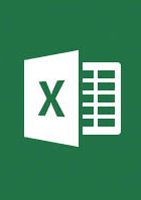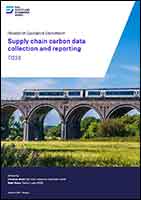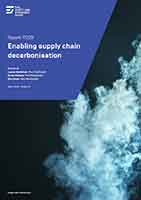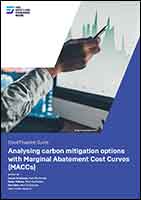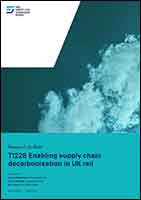Carbon data collection and reporting
RSSB has produced the ‘Supply chain carbon data collection and reporting’ guidance document. It is accompanied by a carbon data collection and calculation spreadsheet. The guidance and spreadsheet will help rail organisations request and collect data. This data will allow them to calculate GHG emissions in a more streamlined, consistent, and accurate way.
It will:
- facilitate the collation of data across large supply chains
- ensure that there is a proportionate focus on the activities with the greatest impacts
- avoid significant new burdens on small business.
Rail organisations can use it to help embed effective data collection within their business systems and value chain by identifying the most critical emission sources based on their activities and relative impacts.
Buyers can use the guidance to help them specify consistent reporting requirements in their contracts across their business or sector.
Suppliers can use it to determine what information is likely to be requested by buyers, how they can gather it, and how they can calculate their emissions.
The accompanying data collection and reporting spreadsheet can be used to facilitate consistent and easier emission calculation and reporting across a company’s value chain.
The carbon calculation and reporting function will also be supported by RSSB’s Rail Carbon Accounting Framework programme and Sustainable Rail Data Framework, currently in development, which will collate and calculate emission data across the industry.

